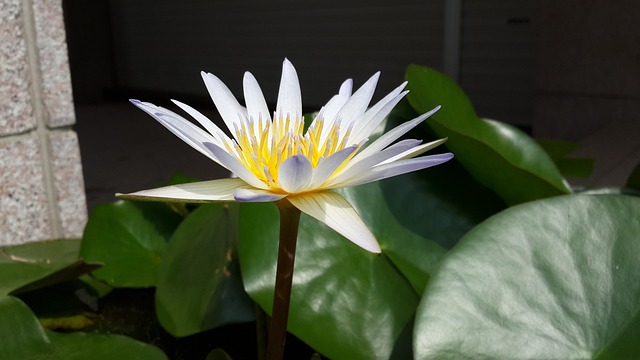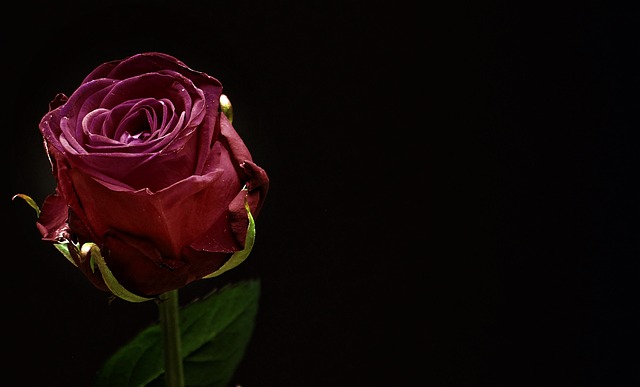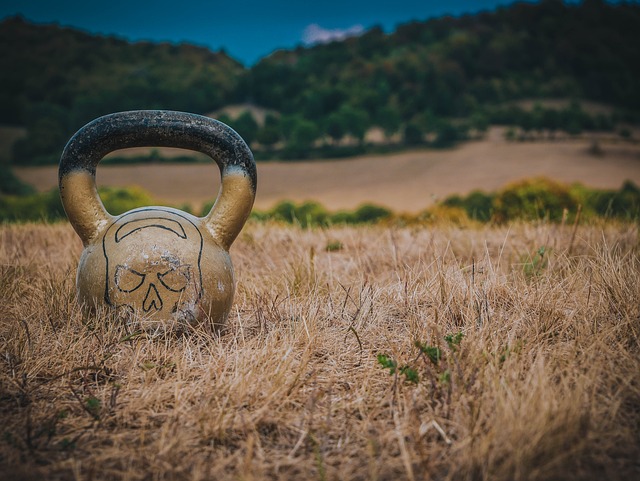shining crown 👀 The Shining Crown: A Symbol of Power, Tradition, and Cultural Identity
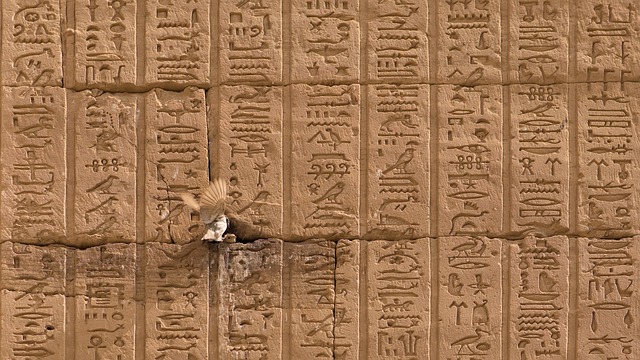
The Shining Crown: A Symbol of Power, Tradition, and Cultural Identityshining crown
Throughout history, crowns have served as powerful symbols of authority and tradition, encapsulating the identity of nations and their leaders. The shining crown, often adorned with precious jewels and intricate designs, is more than just a piece of ornamental attire; it represents a rich tapestry of cultural heritage, political significance, and societal values. This article seeks to delve into the multifaceted role of the crown as a cultural artifact and its implications on modern governance, societal norms, and identity.
The origins of crowns can be traced back to ancient civilizations, where they were primarily used as indicators of rank and social status. In many cultures, the act of crowning signified the divine right of kings, establishing a connection between the ruler and the divine. This notion still echoes in contemporary monarchies, where the crown is a vital part of the coronation ceremony, symbolizing the bestowal of power and responsibility. The visual splendor of the crown, often embellished with gold, silver, and precious stones, serves to reinforce the majesty of the ruler, fostering a sense of reverence and loyalty among the populace.shining crown
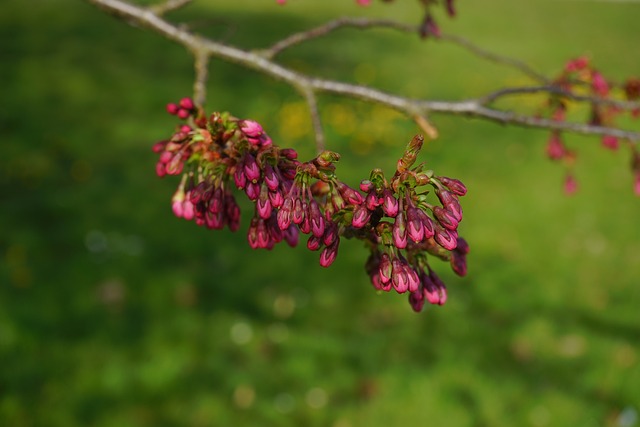
The design of the crown itself is steeped in symbolism. Each jewel and ornament is carefully selected to represent various ideals, such as wisdom, strength, and justice. For instance, sapphires may symbolize sincerity, while rubies are often associated with courage. This intentional selection of materials reflects the values that the ruler embodies and aspires to uphold, thereby reinforcing the connection between the monarch and their subjects. The crown, in this sense, transcends mere decoration; it becomes an emblem of the ruler’s commitment to the welfare of the nation.shining crown
Moreover, the crown functions as a catalyst for national identity. In many societies, the crown is synonymous with the nation itself, representing the collective history, struggles, and aspirations of its people. The image of a crowned leader often evokes a sense of unity and pride among citizens, serving as a reminder of their shared heritage and cultural legacy. This is particularly evident during national celebrations, where the crown is prominently displayed, symbolizing continuity and stability amidst change.
In recent years, the role of the crown has evolved, particularly in constitutional monarchies where the power of the monarch is largely ceremonial. The crown remains a potent symbol, yet its significance is now interwoven with democratic principles and the rule of law. Monarchs in these systems often act as figureheads, embodying national unity while remaining politically neutral. This duality allows the crown to maintain its relevance in a rapidly changing political landscape, bridging the gap between tradition and modern governance.
The shining crown also plays a crucial role in cultural diplomacy. State visits and international summits often feature the display of crowns, signifying respect and acknowledgment of cultural heritage. These acts of diplomacy are not merely ceremonial; they foster goodwill and understanding among nations, highlighting the importance of cultural exchange in a globalized world. The crown becomes a symbol of mutual respect, transcending borders and fostering dialogue among diverse cultures.shining crown

However, the significance of the crown is not without controversy. In societies grappling with issues of inequality and historical injustices, the crown can also be seen as a symbol of oppression and elitism. The debate surrounding the relevance of monarchies in contemporary society raises important questions about power dynamics, representation, and inclusivity. As nations evolve and strive for equality, the crown’s role must be critically examined, ensuring that it reflects the values and aspirations of all citizens.shining crown
In conclusion, the shining crown serves as a powerful emblem of authority, tradition, and cultural identity. It encapsulates the rich history of nations, representing the ideals and aspirations of their people. As societies continue to evolve, the crown must adapt, embodying the principles of democracy and inclusivity while maintaining its connection to the past. The significance of the crown transcends its physical form; it is a living testament to the enduring human quest for identity, power, and unity. As we navigate the complexities of modern governance and cultural identity, the crown remains a beacon of hope, reminding us of the shared values that bind us together across time and space.
Fale conosco. Envie dúvidas, críticas ou sugestões para a nossa equipe através dos contatos abaixo:
Telefone: 0086-10-8805-0795
Email: portuguese@9099.com
